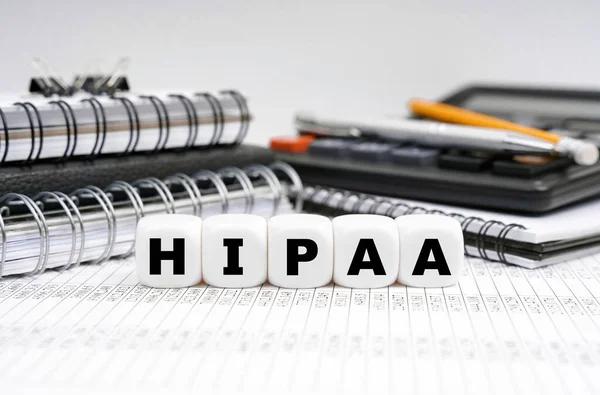Key Steps in Conducting a HIPAA Risk Assessment

HIPAA (Health Insurance Portability and Accountability Act) requires healthcare organizations and their business associates to safeguard protected health information (PHI) by identifying and mitigating risks. A HIPAA risk assessment is a critical step in ensuring compliance and protecting sensitive patient data. Without regular assessments, organizations may face security breaches, financial penalties, and legal consequences. Conducting a proper risk assessment helps in uncovering vulnerabilities, addressing compliance gaps, and strengthening overall data security.
Identifying and Classifying Protected Health Information (PHI)
The first step in a HIPAA risk assessment is identifying where PHI is stored, processed, or transmitted within the organization. This includes electronic health records (EHRs), emails, cloud storage, and even physical files. By classifying PHI, organizations can determine the level of sensitivity and the security measures required to protect it. Understanding how data flows through different systems and networks also helps in pinpointing potential vulnerabilities.
Evaluating Potential Threats and Vulnerabilities
Once PHI is identified, the next step is assessing the threats and vulnerabilities that could compromise data security. Threats can come from various sources, including cyberattacks, insider threats, human errors, or even natural disasters. Evaluating vulnerabilities, such as weak passwords, outdated software, or improper access controls, helps organizations understand where their security weaknesses lie. This assessment is crucial for prioritizing risk mitigation strategies.
Assessing the Likelihood and Impact of Risks
Not all risks pose the same level of threat to an organization. HIPAA risk assessments require evaluating the likelihood of each identified risk occurring and the potential impact it could have on patient data and compliance. A high-impact risk, such as a ransomware attack on a hospital’s EHR system, could disrupt patient care and lead to severe financial and reputational damage. By quantifying risks, organizations can focus on addressing the most critical issues first.
Implementing Risk Mitigation Strategies
After assessing risks, organizations must develop and implement appropriate mitigation strategies to reduce the likelihood of data breaches. This includes strengthening access controls, encrypting PHI, conducting employee security training, and regularly updating security protocols. Organizations should also establish incident response plans to handle potential security breaches effectively. Risk mitigation strategies should be continuously monitored and adjusted as new threats emerge.
Documenting and Reporting the Risk Assessment
A HIPAA risk assessment must be thoroughly documented to demonstrate compliance with regulatory requirements. This documentation should include details on identified risks, their likelihood and impact, implemented mitigation strategies, and ongoing monitoring efforts. Regular reports should be prepared for internal audits, regulatory agencies, and stakeholders to ensure accountability and continuous improvement in data security practices.
Regularly Reviewing and Updating the Assessment
HIPAA risk assessments are not a one-time process; they must be conducted regularly to keep up with evolving security threats and compliance requirements. Organizations should schedule periodic risk assessments and update their security policies accordingly. Regular audits, employee training programs, and security enhancements ensure that healthcare organizations remain compliant and well-protected against emerging risks.
Conclusion
Conducting a HIPAA risk assessment is a crucial practice for healthcare organizations to protect patient data and maintain regulatory compliance. By identifying and addressing vulnerabilities, implementing risk mitigation strategies, and continuously reviewing security measures, organizations can reduce the likelihood of data breaches and safeguard sensitive health information. Regular HIPAA risk assessments not only prevent potential violations but also build trust with patients by ensuring their data is protected.
Post Your Ad Here
Comments (1)
Colington Consulting...5
Hipaa Consultation
HIPAA risk assessments are not a one-time process; they must be conducted regularly to keep up with evolving security threats and compliance requirements. Organizations should schedule periodic risk assessments and update their security policies accordingly. Regular audits, employee training programs, and security enhancements ensure that healthcare organizations remain compliant and well-protected against emerging risks.